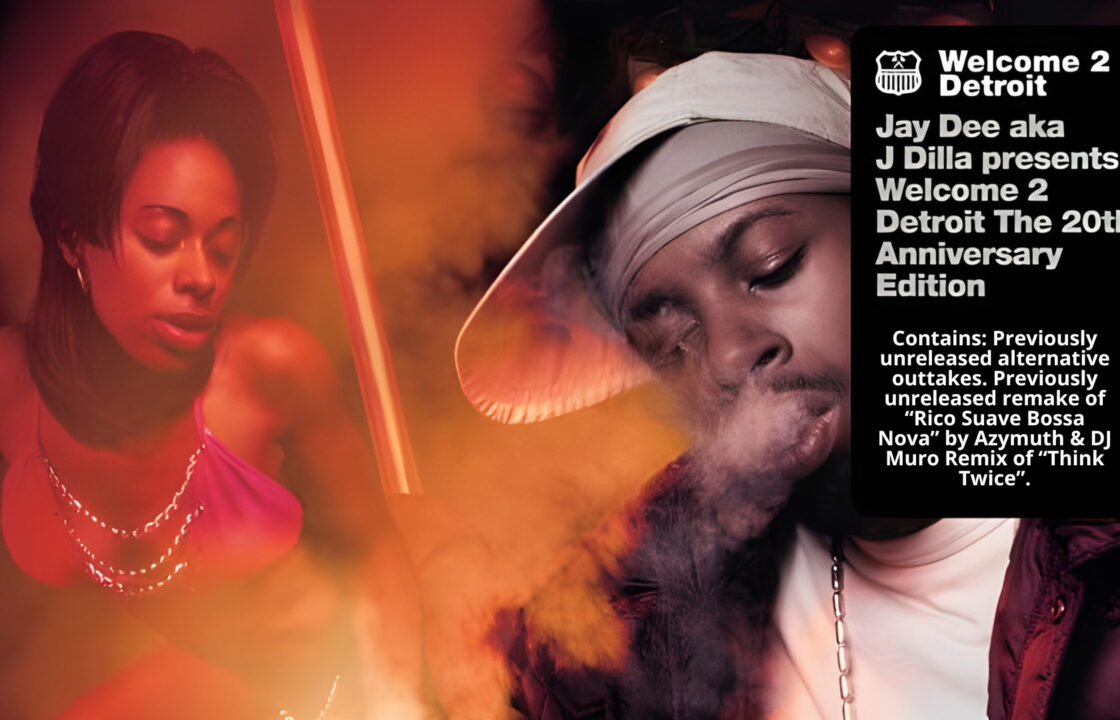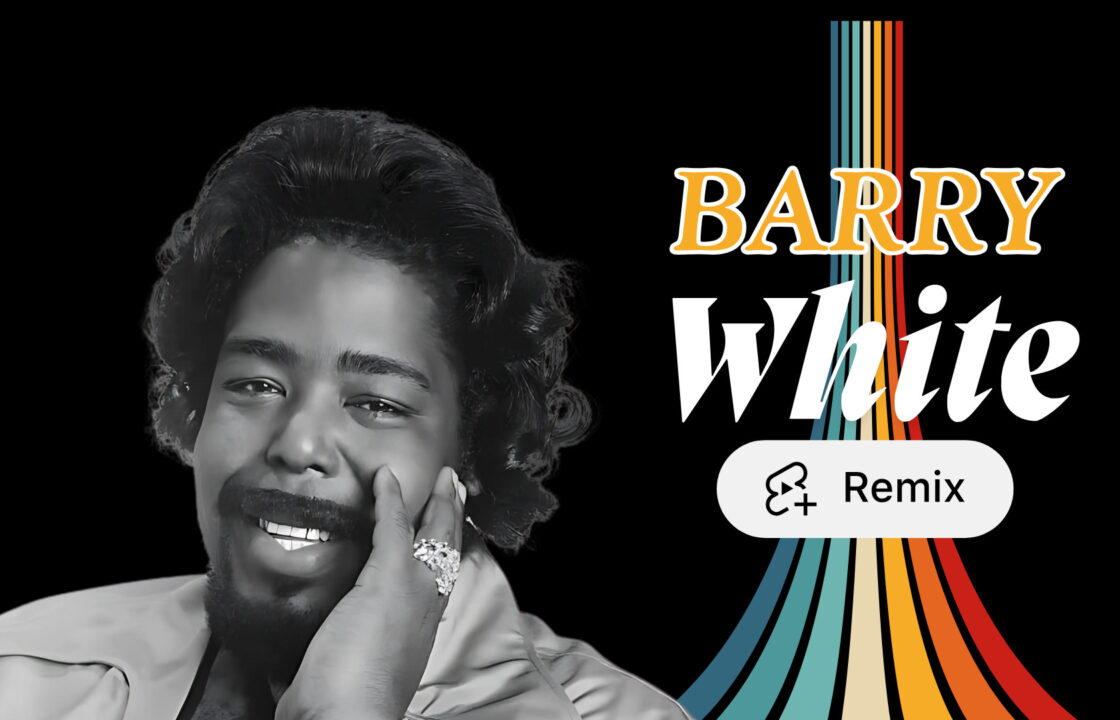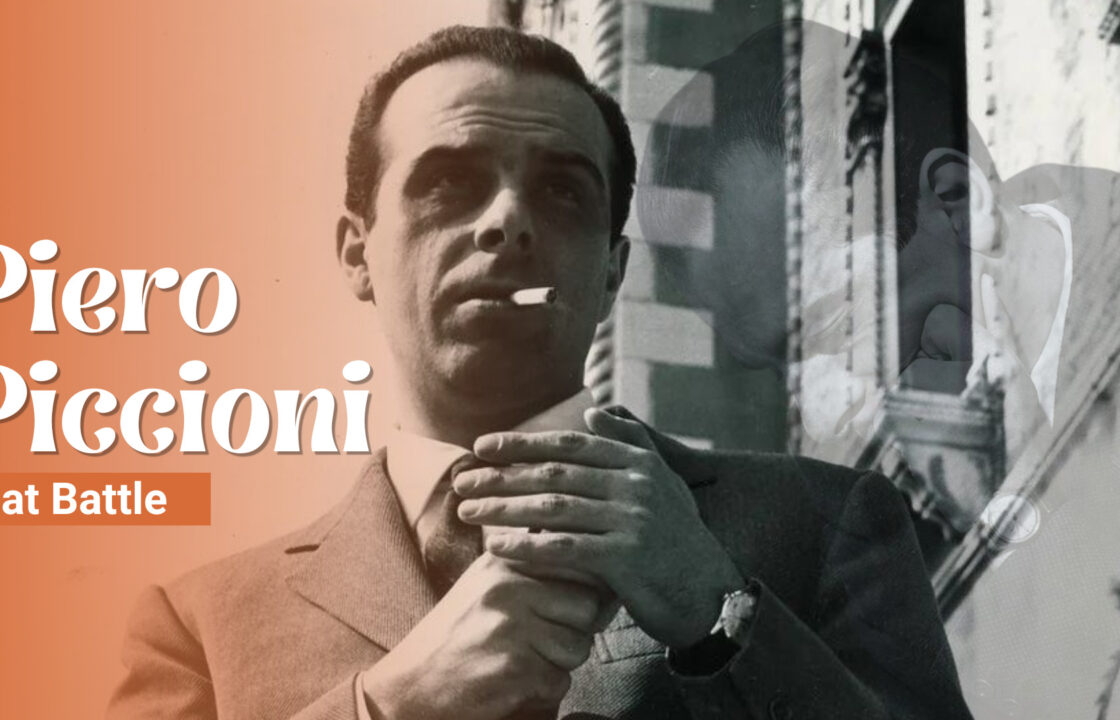Who Captivated Rhythms, Harmonies, and Beats Best? Cast your vote in the comments!
Bossa Nova is a genre of Brazilian music that emerged in the late 1950s and early 1960s. It is characterized by its soft, smooth, and sensual sound that blends samba rhythms with jazz harmonies. Bossa Nova has had a significant impact on music around the world, influencing countless artists in different genres.
History of Bossa Nova
The origins of Bossa Nova can be traced back to the late 1950s in Rio de Janeiro, Brazil. At the time, Brazilian music was dominated by samba, which was characterized by its fast tempo and complex rhythms. However, a group of young musicians and composers, led by Antonio Carlos Jobim, João Gilberto, and Vinicius de Moraes, sought to create a new style of music that was more sophisticated and laid-back.
The term “Bossa Nova” first appeared in a song called “Canção do Amor Demais,” which was released in 1958. The song, written by Tom Jobim and Vinicius de Moraes, was performed by Elizeth Cardoso and featured a new style of guitar playing by João Gilberto. The song was a hit, and it helped to popularize the new sound that would come to be known as Bossa Nova.
Over the next few years, Bossa Nova continued to evolve and gain popularity. In 1959, João Gilberto released his debut album, “Chega de Saudade,” which is considered to be the first Bossa Nova album. The album featured songs written by Tom Jobim, as well as a new style of guitar playing that was characterized by its gentle, rhythmic strumming.
In the early 1960s, Bossa Nova became an international sensation, thanks in part to the success of the hit song “The Girl from Ipanema.” The song, written by Tom Jobim and Vinicius de Moraes, was recorded by João Gilberto, with vocals by his then-wife, Astrud Gilberto. The song became a massive hit, reaching the top of the charts in the United States and around the world.
Timeline of Evolution
1958: “Canção do Amor Demais” is released, featuring a new style of guitar playing by João Gilberto.
1959: João Gilberto releases “Chega de Saudade,” considered the first Bossa Nova album.
1962: “The Girl from Ipanema” becomes an international hit, reaching the top of the charts in the United States and around the world.
1964: Bossa Nova experiences a decline in popularity in Brazil, as the country becomes embroiled in political turmoil.
1960s-1970s: Bossa Nova influences a new generation of musicians, including the Tropicália movement, which blended Bossa Nova with rock and roll.
1990s: Bossa Nova experiences a revival, thanks to the popularity of artists like Bebel Gilberto and the film “The Buena Vista Social Club.”
Influence on Music and DJing
Bossa Nova has had a significant impact on music around the world, influencing countless artists in different genres. Its smooth, laid-back sound has been incorporated into jazz, pop, and electronic music, among others.
In the 1960s, Bossa Nova influenced a new generation of musicians in Brazil, including the Tropicália movement. Tropicália blended Bossa Nova with rock and roll, creating a new style of music that was both experimental and political. Artists like Caetano Veloso and Gilberto Gil were among the pioneers of the Tropicália movement, which challenged the conservative political and cultural norms of Brazil at the time.
Outside of Brazil, Bossa Nova has been embraced by musicians around the world. In the United States, Bossa Nova had a significant impact on jazz, with artists like Stan Getz and Charlie Byrd incorporating Bossa Nova rhythms and harmonies into their music. The influence of Bossa Nova on jazz can still be heard today, with many contemporary jazz artists incorporating elements of Bossa Nova into their music.
In the electronic music world, Bossa Nova has also had an impact, with artists like Thievery Corporation and Bonobo blending Bossa Nova rhythms and melodies with electronic beats and textures. The smooth, sensual sound of Bossa Nova has proven to be a perfect match for the chill-out and downtempo genres, and many DJs continue to incorporate Bossa Nova tracks into their sets.
Bossa Nova Beat Battle in Boise
The influence of Bossa Nova on 5th Empire’s “Mighty DeltaOne” is incalculable. In celebration of 5th Empire’s affinity for Bossa Nova, they’ve launched a Bossa Nova themed beat battle, where DJs are battle each other in a challenge to create the the illest Bossa Nova-inspired beats.
You’re invited to preview each DJ’s unique style and interpretation to the genre, determine how well they incorporated the smooth rhythms or jazzy harmonies over drums of choice, and ultimately crown one the Bossa Nova Beat Battle champion! Cast your votes in the comments.
Conclusion
Bossa Nova is a genre of music that has had a significant impact on music and DJing around the world. It’s smooth, sensual sound has influenced countless artists in different genres, from jazz to electronic music. The genre continues to evolve and inspire new generations of musicians, and its impact can be felt in the work of contemporary artists today, including those at 5th Empire.
The recent Bossa Nova Beat Battle in Boise is just one example of the ongoing influence of Bossa Nova on DJing and music. As Bossa Nova continues to evolve and inspire new generations of musicians and DJs, its influence on music is sure to endure for years to come. Make sure to press play up top and cast your vote in the comments of who won this battle!
While not only a Boise, Idaho DJ, Mike Gradian has been a staple DJ in the “City of Trees” for decades. He continues to grace venues across the state keeping the art of turntablism alive!





Marley
I vote for the Mighty Delta One track!
Gordie Tamayo
Mighty DeltaOne!!!